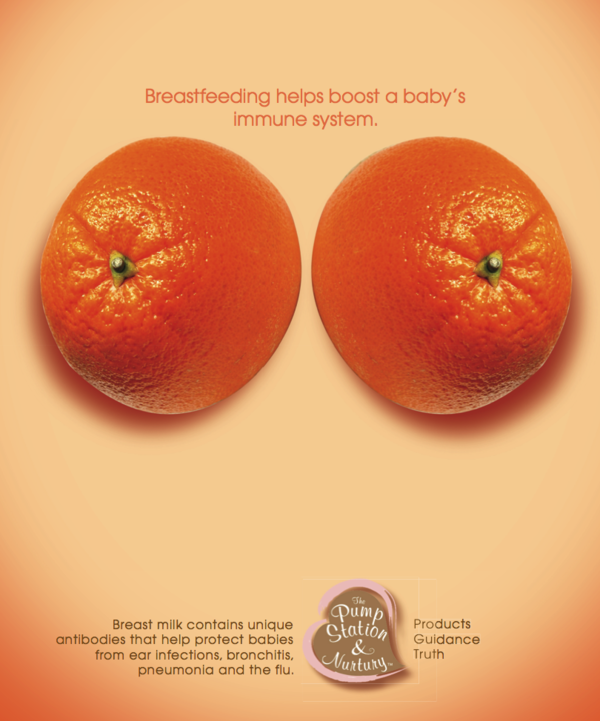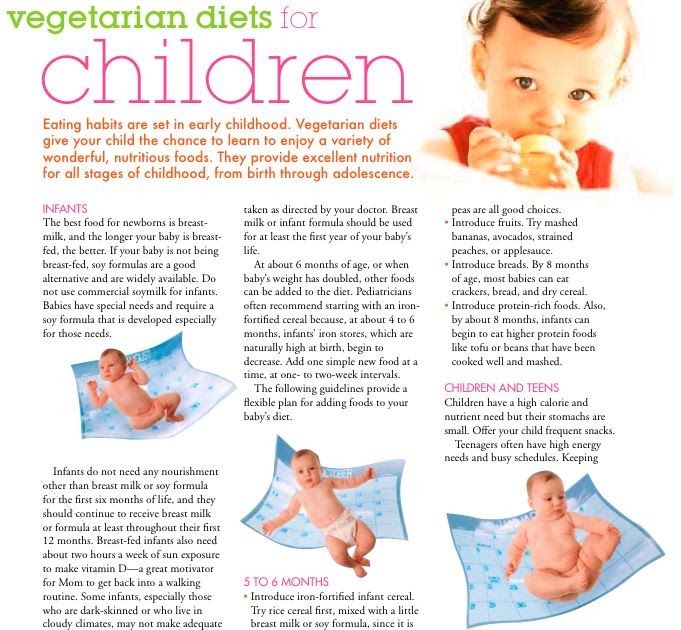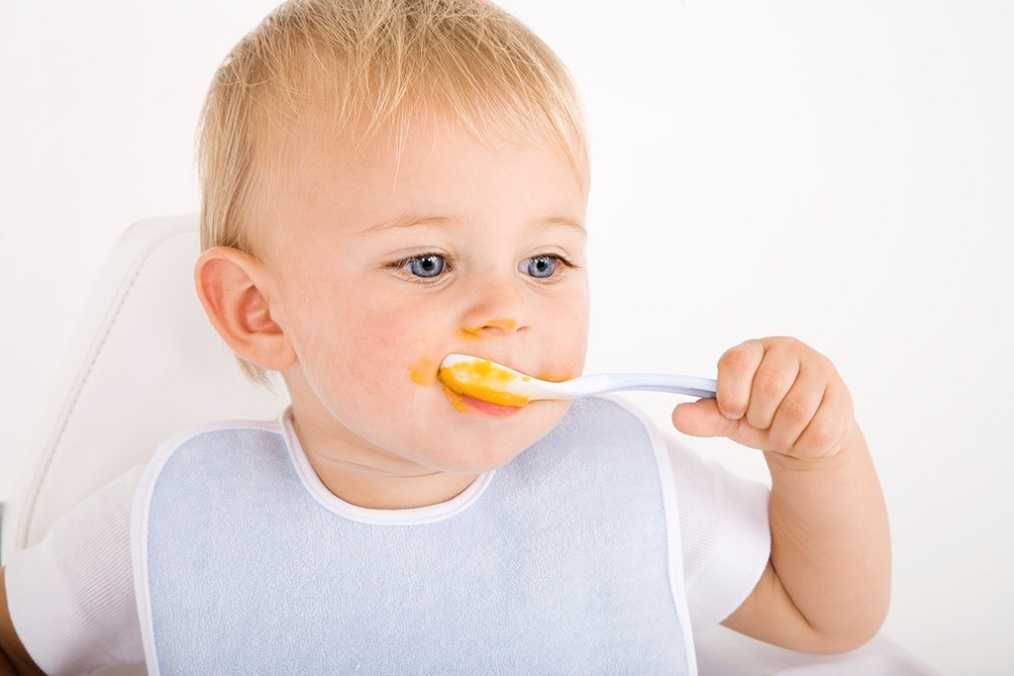Bland food for sick baby
What should my sick child eat and drink?
It wasn’t so long ago that doctors would advise parents to give sick children only “BRAT diet” foods: bananas, rice, applesauce, and toast. The reasoning was that bland, low-fiber foods would be less likely to irritate an upset stomach and would produce less stool. Now the BRAT diet is no longer recommended since it lacks nutrients. Instead, the American Academy of Pediatrics (AAP) recommends that children go back to eating a regular, well-balanced diet within 24 hours of getting sick.
Don’t back off on breastfeeding
Suggestions for feeding infants with illness include the following:
- Breastfed babies should continue to breastfeed, even more than before. Breast milk is easiest on your child’s digestive system, and the immune factors your body produces in response to your child’s illness give an important boost to your child’s immune system.
- Infants on formula should continue to formula-feed unless their health care provider recommends otherwise.
- Watch for dehydration. Signs of dehydration include fewer wet diapers, lack of tears during crying, fever, dry mouth, weight loss, extreme thirst, listlessness, and sunken eyes. Sunken fontanelles (the soft spots between the bones of the skull) may also be noticeable.
- If your child is younger than 6 months of age, do not give water or any fluids other than breast milk or formula without consulting your baby’s health care provider.
Follow your child’s lead
For feeding older children, here are some guidelines:
- Don’t make your child eat if she has no appetite. There is no need to force her to eat. When possible, offer small amounts of food throughout the day instead of larger meals. As long as she’s drinking liquids and staying hydrated, solid foods aren’t necessary.
- Don’t restrict food when he feels up to eating. ( The old adage “starve a cold, feed a fever” is actually a myth.)
- Consider giving your child probiotics.
 They stimulate the growth of healthy bacteria in the gastrointestinal tract. Yogurt (2–6 ounces twice a day) is the easiest source of probiotics. Kefir is another popular option. Both yogurt and kefir are available in frozen forms, which may be more appealing since they are cold, dissolve slowly on the tongue, and are similar to ice cream.
They stimulate the growth of healthy bacteria in the gastrointestinal tract. Yogurt (2–6 ounces twice a day) is the easiest source of probiotics. Kefir is another popular option. Both yogurt and kefir are available in frozen forms, which may be more appealing since they are cold, dissolve slowly on the tongue, and are similar to ice cream. - Generally, starchy foods (dried cereals, bread, crackers, noodles, mashed potatoes, and rice) should be offered in addition to the child’s regular diet, while fatty foods and sugary foods (including beverages like soda) should be avoided.
- If your child is vomiting, the AAP recommends that for the first 24 hours, you “keep your child off solid foods, and encourage her to suck or drink small amounts of electrolyte solution, clear fluids such as water, sugar water (1/2 tsp. of sugar in 4 ounces of water), popsicles, and gelatin water (1 tsp of flavored gelatin in 4 ounces of water).” Other possible fluids include diluted apple juice (equal parts juice and water), small amounts of ginger ale, and clear coup broth (cooled).

Give favorite fluids
When giving clear fluids, the type you choose may not be as important as how much your child drinks. A randomized study of 647 children ages 6 months to 60 months with mild gastroenteritis and minimal dehydration at a pediatric clinic in Toronto, Ontario, compared treatment focused on electrolyte solution with use of diluted apple juice and other preferred fluids. The research team found that fewer children who received apple juice or other preferred fluids needed follow-up care with intravenous fluids for dehydration than children in the electrolyte solution group. So give your child what he likes.
If your child is unable to keep clear liquids down—if even small sips cause vomiting—or if the symptoms worsen, contact your child’s health care provider right away.
Last updated September 25, 2021
What to do when they won't eat!
Have the winter colds and flus hit your house yet? This time of year I find that lots of toddlers are in one of two phases: sick, or recovering from being sick.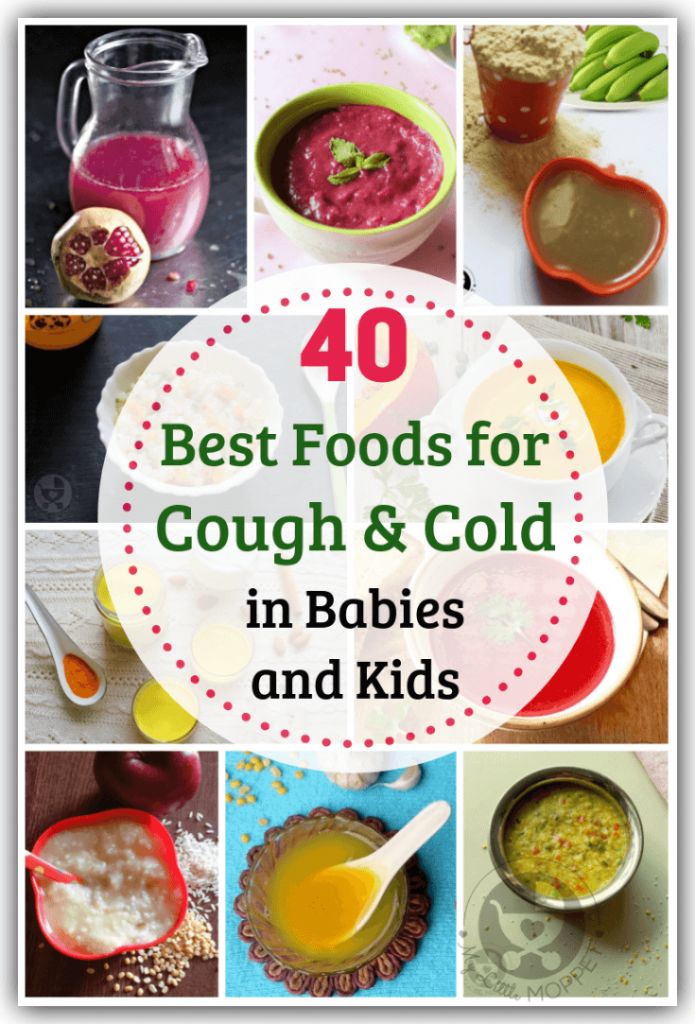 And while it’s normal for sickness to throw a toddler’s appetite way off, as a parent, I know you still want to be sure your little one gets what they need! So whether you and your family are sick, recovering from being sick, or just preparing for what’s coming, this post should help you through!
And while it’s normal for sickness to throw a toddler’s appetite way off, as a parent, I know you still want to be sure your little one gets what they need! So whether you and your family are sick, recovering from being sick, or just preparing for what’s coming, this post should help you through!
Keep reading for the research, some recipes, and my top tips on the best food for sick toddlers (even when they don’t want to eat much of anything).
Food For Sick Toddlers Who Won’t Eat
“What the heck am I supposed to do if my kid won’t eat anything I offer them?!”
Hydration, hydration, hydration!
Whether your kids are sick from a cold, the flu, a tummy bug, or a sore throat, and whether they’re eating a little, a lot, or nothing at all, the main priority is ALWAYS hydration.
That’s because many of the more glamorous parts of getting sick actually draw fluid out of the body. (Think sweaty fevers, mucus, diarrhea, and vomiting. You know, all the fun things!
It’s a lot to ask of them to consume large amounts of water, especially if their tummies are upset, so small sips throughout the day are key. And when they really don’t want water, it’s okay to find something else they will drink. Even if it’s a milkshake to soothe their sore throat! A simple vanilla milkshake can be a great option, because they’ll love the ‘treat’ and you can sneak in a little nutrition boost (that they won’t notice) with a scoop of yogurt or vanilla Nutrikid Shake. Keep reading for my go-to vanilla milkshake recipe further down in this post!
And when they really don’t want water, it’s okay to find something else they will drink. Even if it’s a milkshake to soothe their sore throat! A simple vanilla milkshake can be a great option, because they’ll love the ‘treat’ and you can sneak in a little nutrition boost (that they won’t notice) with a scoop of yogurt or vanilla Nutrikid Shake. Keep reading for my go-to vanilla milkshake recipe further down in this post!
(PS: You can use my affiliate code* for 15% off at nutrikidshake.com: MAMAKNOWSNUTRITION15)
Milkshake not doing it for them? Here are some other things to try:- Watered down 100% juice with ice cubes
- A popsicle
- Yogurt
- A Smoothie
- Fruit (especially watermelon, pineapple, strawberries, raspberries)
- Milk
- Warm herbal tea (100% caffeine free) with a tsp of honey (over 1 years old)
- Warm broth
Will dairy make my toddler’s cold or flu worse?
Some people worry about serving milk during a cold or upper respiratory infection, because they worry that it will increase mucus production and make their littles feel sicker.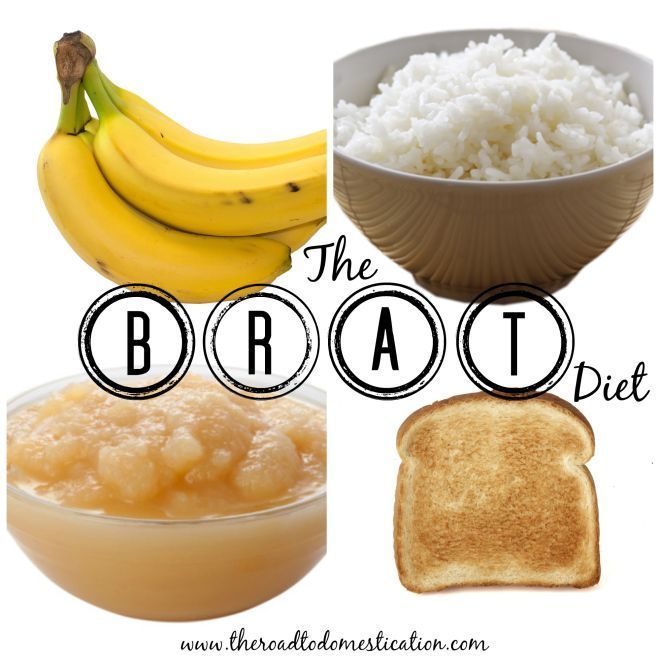
Dairy may thicken mucus, and it’s okay if you choose to avoid it. But research has shown that dairy actually does not increase mucus production. (Balfour-Lynn IM. Milk, mucus and myths. Archives of Disease in Childhood. 2019;104:91)
Ultimately, your main take away from this should just be that if they want to drink milk during their cold, you shouldn’t worry about serving it.
What to do if they just want ONE thing
If all they want is toast and crackers, that’s okay! Give them a few days to eat this way until they feel better, and then get back to the normal menu.
Two of my favorites when my kids are sick are:
- White Bread Done Right by Dave’s Killer Bread (it tastes like white bread, but has better nutrition!)
- Simple Mills Sea Salt Almond Flour Crackers. These guys are plain tasting and easy to eat, but provide a little protein boost from the almonds! (These are a good toddler feeding hack even when they’re not sick!)
And of course, you still want to focus on hydration! Scroll back up for some tips and recipes that will help you get some fluids in them, to help replenish what they’ve lost.
Food For Toddlers Recovering from an Illness
When your child is recovering from an illness, you can expect for their appetite to still be off for several more days, and that’s fine!
Usually bland foods are more appealing to them during this time, but know that you don’t have to ONLY offer the standard bananas, rice, applesauce, and toast (BRAT).
Some other options to get them eating again are:
- Yogurt
- Soup
- A smoothie
These options are a little more nutritious than the go-to’s, but they’re still easy and soothing. (Our family’s go-to recovery smoothie recipe is included in the bonus section of this post!)
My Favorite Supplements for Preventing & Treating Illness
Your starting lineup for this sickness season is: hand washing, good hygiene, probiotics, and elderberry!
Why these 4 things? Well, hand washing and hygiene can be enough for us grown-ups, but the reality is that toddlers just do not understand how to cover a cough, blow into a tissue, or avoid putting their mouths on their friends.
Until they have fully grasped their personal hygiene and cold season practices, Elderberry and Probiotics are going to be your top cold fighters! They’ll keep those nasty little germs from spreading and becoming a cold that takes down your entire household.
Prevent Sickness With Probiotics: The Immune Boosters
Probiotics will help support your child’s immune system, which can ultimately keep them from getting sick. I use Culturelle Kids (amazon affiliate link*) because the strain and dosage has been researched and proven to help keep kids from getting sick. If you want to learn more about probiotics for kids, see this post.
Treat Sickness With Elderberry: The Symptom Reducer!
As soon as they actually start getting sick, reach for Elderberry. It won’t prevent them from getting sick like probiotics can, but research does support shortening the duration of their symptoms, so you don’t need to give it to them daily unless they start showing signs of a cold. Try this elderberry gummy or this syrup.
Try this elderberry gummy or this syrup.
Of course you should always check with your pediatrician before adding supplements to your child’s diet, just in case there are any reasons your little one shouldn’t be taking them. (Especially if they are under 2 years old, just call to make sure it’s okay!)
Spilling the Tea on Vitamin C
The truth is that your child really does not need to take a Vitamin C supplement, because it’s really easy to get 100% of the Vitamin C they need from food.
Toddlers get enough Vitamin C from any ONE of the items on this list:
- 2 strawberries
- ½ small orange
- 2 strips red bell pepper
- 2 tbsp broccoli
- 2 tbsp kiwi
Food For Sick Toddlers: Nutrition-packed recipes they should be able to tolerate!
Simple Vanilla Milkshake
I usually make my kids this twist on a milkshake – and if I have ice cream in the house, I’ll add a scoop in!
Just blend in a high speed blender, and serve.
- 1 cup whole milk
- 1 cup ice
- 1 scoop vanilla Nutrikid Shake (or yogurt)
Our Go-To Recovery Smoothie
- 2 frozen bananas
- 1 cup milk (any kind)
- 1 cup ice cubes
- 1/2 cup plain, whole milk Greek yogurt
- 2 tbsp natural peanut butter
- Splash of vanilla extract
Blend everything together, add additional milk if you need to thin it out. Makes two servings.
Hydration Tips for Sick Toddlers Who Aren’t Eating
- Watered down 100% juice with ice cubes
- A popsicle
- Yogurt
- Smoothie
- Fruit (especially watermelon, pineapple, strawberries, raspberries)
- Milk
- Warm herbal tea (100% caffeine free) with a tsp of honey (over 1 years old)
- Warm broth
You got this!
I know cold and flu season can be hard to handle, but I hope this post will give you a few takeaway tips that you can use to keep your family healthy this year.
Remember, you don’t need to add Vitamin C or remove dairy. Instead, focus on hydration, adding in nutritional boosts wherever possible, and consider giving your child Elderberry and Probiotics if your pediatrician approves it.
Instead, focus on hydration, adding in nutritional boosts wherever possible, and consider giving your child Elderberry and Probiotics if your pediatrician approves it.
And don’t forget to try out a few of my go-to recipes for sick toddlers!
Want more food ideas for toddlers?
My Target snack guide has you covered! Grab your copy here.
*Note: As an Amazon Associate I earn from qualifying purchases
Feeding a sick child
Publication date: 12/15/2016 08:22
April 22nd, 2016 Olga.
While the child grows up, he will be ill with various diseases more than once. About 80% is accounted for by SARS. Any disease (we are now talking about the flu, SARS) is characterized by poor health of the child - malaise, cough, runny nose, weakness, and maybe intestinal upset. And all this affects the appetite of the child. If a child has caught a cold, mothers always ask themselves the question: how to feed him properly? Proper nutrition of a sick child will help to quickly cope with the disease.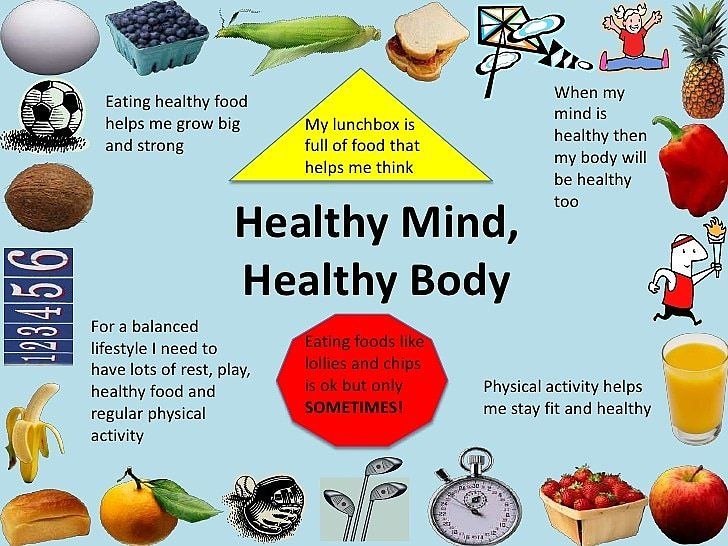
During an illness, the baby always has a poor appetite. There are physiological reasons for this:
- at elevated temperatures, blood circulation in the stomach slows down. because the body sends blood to vital organs: the heart and lungs. The process of digestion and assimilation of food slows down and the child needs less food than usual;
- during an illness, the liver actively fights toxins, the products of the vital activity of viruses and the decay of damaged cells, so a large amount of food carries an additional burden;
- the toxins themselves poison the body and the child, when he feels bad, not at all before eating;
- blocked nose, sore throat, difficult to swallow.
- Nutrition should be appropriate for the child's age;
- during illness, do not introduce new foods into the diet;
- food should be sparing - liquid or semi-liquid;
- make small meals if the baby does not want to eat, and the number of feedings can be increased;
- if the child refuses to eat, let him drink more fluids (water, compote, fruit drink, rosehip broth).

From the diet during illness should be excluded:
- Hard-to-digest foods - fatty meat, whole grain cereals, fresh vegetables and fruits.
- Foods harmful to the liver - fatty dairy products, chocolate, vegetable oil, lard, confectionery.
- Rough, which can damage the mucous membrane - nuts, seeds, crackers, cookies.
Useful menu
During an illness, a child needs food that is well absorbed by a weakened body. Therefore, chicken broth, vegetable soups, stewed and boiled vegetables are perfect for feeding a child during SARS.
To avoid mechanical irritation of the stomach, choose foods that are low in fiber. What foods are low in fiber? These are potatoes, cauliflower, pumpkin, rice and semolina, animal products.
Potatoes are especially delicate in fiber, so include mashed potatoes in your menu more often. You can cook mashed potatoes with sausage, cheese. Beautifully decorate the dish.
Animal protein must be present in the diet of a sick child, since it is a building material for protective antibodies.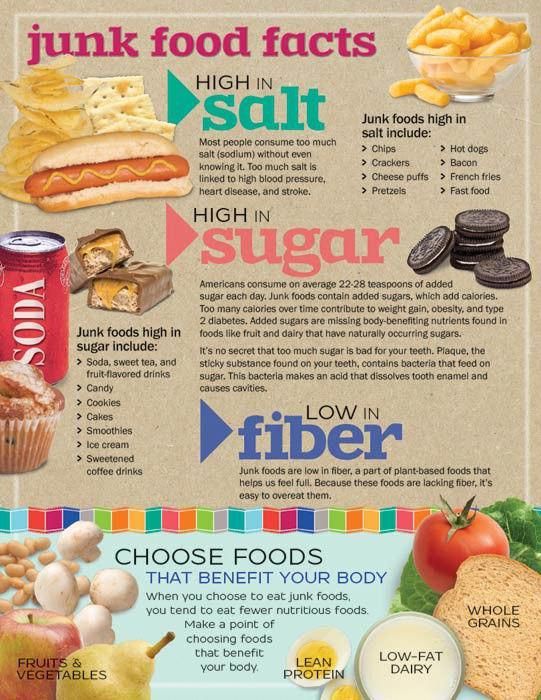 They are rich in lean meat - veal, beef, lean pork. For soups, use secondary broths from turkey meat, rabbit, chicken breast.
They are rich in lean meat - veal, beef, lean pork. For soups, use secondary broths from turkey meat, rabbit, chicken breast.
What else can you feed a child during illness? Yogurt helps out well, especially homemade, with the addition of berries.
Cook porridge for the child: semolina, oatmeal, you can also add berries from jam or defrosted.
A sick child needs vitamins. You can make vitamin drinks from rose hips, berries, cook jelly, dried fruit compote, berry juice. . Such drinks will alleviate the condition of the baby if the throat hurts. But with indigestion, milk should not be given at all.
To increase the appetite of the dish, it is desirable to arrange it beautifully so that the child immediately has a desire to eat it.
Nutrition for a convalescent child
After an acute period of illness, a period of convalescence begins, when the baby is on the mend and nutrition during this period plays an important role. The food of a recovering baby should be rich in energy in order to restore strength, contain minerals and vitamins, the food should be well absorbed.
As soon as the symptoms of the disease subside, do not rush to pounce on a child with enhanced nutrition, it will take a few more days to restore digestion. Continue to follow the diet, adding lean meat and fish, cheese, eggs, boiled vegetables and fruits to it.
Ideal for casseroles, puddings, steamed cutlets, vegetable soups. Introduce fruits and vegetables into the diet and do not forget about sour-milk products that will help restore the disturbed intestinal microflora. Let during this period the food be fractional, the child eat a little. And when the body gets stronger, the child will return to a normal diet.
Choosing tactics
When feeding a sick child, parents must remember that it is impossible to force-feed a child!
We provide a diet with easily digestible products. Some parents find it difficult to feed the baby during illness, he categorically refuses to eat. Psychologists advise not to turn feeding into a circus with musical numbers so that the child eats "well, at least one spoonful. "
"
If a child refuses to eat once, it will not bring much harm to health. He will not remain hungry, but will ask for something anyway when his appetite wakes up.
And don't scold the baby if he doesn't want to eat. Appetite will be restored.
Information from the site: deti-i-vnuki.ru/pitanie-bolnogo-rebenka/
weekly menu and 7 recipes. If SARS do not go away
Treating a cold in children (SARS, in medical terms) is a thankless task: almost no medicines for SARS help, it remains only to wait until the body copes with the disease itself. But you can help him with this - properly feed the child during illness. We are sure: the weekly menu for the prevention or treatment of SARS from Dr. Daria will greatly surprise you.
When it comes to the prevention of SARS, everyone is waiting for some special drugs against frequent SARS. I will greatly disappoint you, but they do not exist. Everything is simple to the point of banality. Well, for some it's difficult.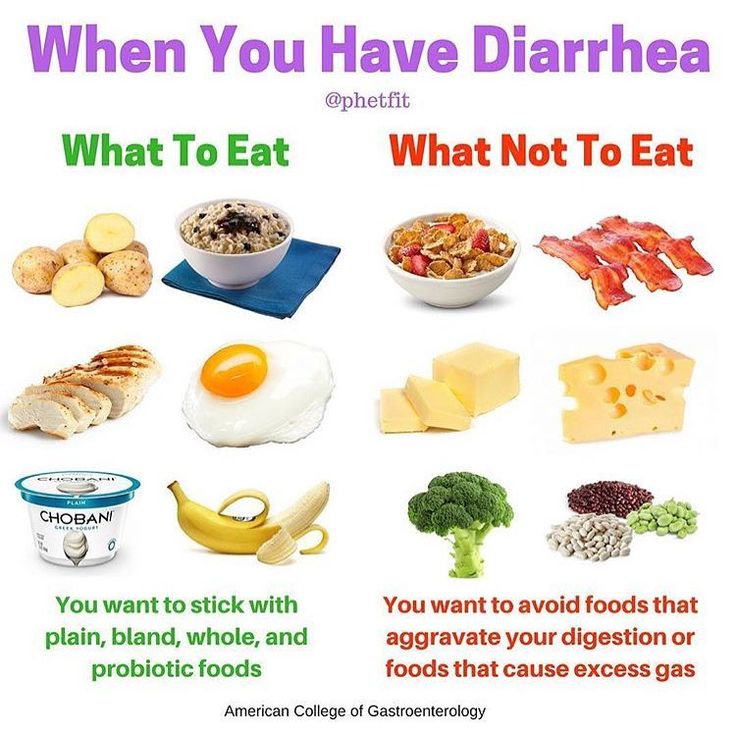 It is difficult to change habits and ways of thinking.
It is difficult to change habits and ways of thinking.
So, protection against SARS:
- food;
- hygiene;
- living conditions;
- clothing for the season;
- psychology;
- hardening;
- timely elimination of foci of chronic infections and maintenance of normal functioning of initially weak organs and systems;
- additional methods of protection (masks, virus blockers, folk remedies, nasal lavage, oxolinic ointment).
What not to feed a child with SARS
One of the main immune organs is the intestines. It is surrounded by lymph nodes, in which viruses and bacteria are processed, vitamins are synthesized and absorbed, and even hormones of happiness are produced.
The main thing during SARS is not to interfere with the work of the organs of the gastrointestinal tract. Not to interfere means not to eat something that will make their work difficult.
Therefore, as soon as snot appears or, conversely, does not go away for a long time, ARVI dragged on for a long wet cough with sputum discharge, exclude :
- all products containing simple fast sugars etc.
 In addition to insulin surges, this provokes the growth of fungal, bacterial flora, which increases intoxication. Mushrooms begin to eat vitamins, loosen the mucous membranes, making them sensitive to new viruses. Also, sugars increase fermentation in the intestines, violating its protective functions;
In addition to insulin surges, this provokes the growth of fungal, bacterial flora, which increases intoxication. Mushrooms begin to eat vitamins, loosen the mucous membranes, making them sensitive to new viruses. Also, sugars increase fermentation in the intestines, violating its protective functions; - products containing yeast or fermentation products;
- juices and fruits - also contain fast sugars and overload the pancreas, and vitamins are still not absorbed from them during the illness;
- raw vegetables — in the pancreas during the attack of viruses, the production of digestive enzymes is reduced;
- any dairy products and their derivatives are difficult for the liver, poorly digested by the pancreas damaged by viruses, which creates fermentation, putrefaction in the intestines and leads to blood poisoning with unprocessed residues. It is especially bad to drink and eat milk straight from the refrigerator: the cold itself causes vasospasm, disruption of the blood supply to the digestive organs;
- fatty meat , especially pork.
 The meat that is acceptable during illness can be chosen empirically: eaten, and you become warm or hot. But if you don’t feel like animal protein during the period of illness, don’t eat and don’t force children - this is also a big burden on the gastrointestinal tract;
The meat that is acceptable during illness can be chosen empirically: eaten, and you become warm or hot. But if you don’t feel like animal protein during the period of illness, don’t eat and don’t force children - this is also a big burden on the gastrointestinal tract; - cereal oatmeal, muesli, granola, baby cereal , semolina - they do not bring benefits, and most often these are the same simple carbohydrates with excess sugar;
- all products with dyes and preservatives.
Do not forget that there are no "diet" sausages and sausages, this is the same starch with dyes, salt and flavors.
How to feed your baby: menu for the week
- Minimal processed foods. Exclude semi-finished products.
- Whole grains, lean meats, fish, eggs, fresh herbs, cooked vegetables, seasonal fruits and thawed berries.
I will share the menu for the week, which will help to quickly cope with SARS in children and adults.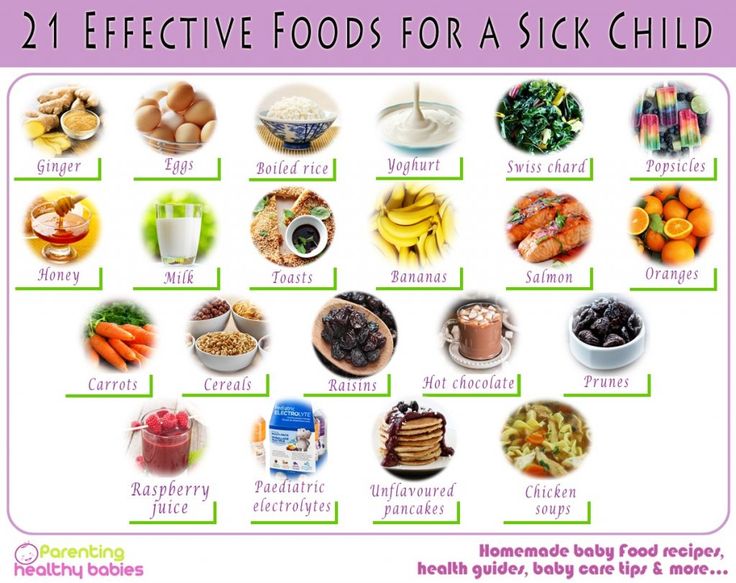 This nutrition system has been tested by my family and my patients.
This nutrition system has been tested by my family and my patients.
Of course, this is just an example, if something does not suit you, use your imagination. The child does not want stewed vegetables - add them to cutlets. He does not like eggs or is allergic to them - cutlets can be molded from vegetables by gluing them with spelled flour. Experiment and be healthy!
Snot menu
| Day of the week | Breakfast | Lunch | Dinner |
| Monday | Millet porridge with pumpkin puree | Vegetarian borscht and beef cutlet | Brussels sprouts with rice |
| Tuesday | Buckwheat noodles | White fish and green beans | Cutlets from carrots and spelled flour |
| Wednesday | Scrambled omelet | Beef with prunes | Buckwheat with broccoli |
| Thursday | Corn porridge with raisins | Cream soup of carrots, rice (we add coconut milk to ourselves) with bran and sesame seeds. A handful of boiled nuts A handful of boiled nuts | Fish cakes. Cauliflower |
| Friday | Zucchini fritters with buckwheat flour | Lentil soup. Fig | Buckwheat with corn (frozen) |
| Saturday | Rye pasta with meat puree | Potato casserole with vegetables | Vegetable pilaf with raisins and dried apricots |
| Sunday | 2 boiled eggs, green beans | Lamb and baked marrow | Baked pumpkin with buckwheat and quinoa |
How to prepare diet meals from this menu
I always cook intuitively myself. For example, everything that is at hand always gets into my meatballs. For example, I can knead them only from meat and mineral water with gas, which gives the minced meat a special lightness. And I can add onions, carrots, zucchini, pumpkin, cranberries or a raw egg, buckwheat flour or rice, and sometimes I just pour vegetable puree from baby food into minced meat. Fantasize, and I will still write several recipes every day.
Fantasize, and I will still write several recipes every day.
Millet porridge with pumpkin. Rinse the millet, pour boiling water over night and close the lid. In the morning, cook for a few minutes until cooked, you can add cinnamon. Pumpkin can be taken from baby puree - or you can make puree yourself from pumpkin baked in the oven. I always bake the whole pumpkin in its skin and then peel it. It's easier than trying to cut and peel a raw pumpkin.
Cutlets made from carrots and spelled flour. Spelled flour is a great substitute for egg, but you can add both flour and egg. Grate the peeled carrots, salt, mix with flour or flour and egg, add raisins if desired. All proportions by eye so that you can mold cutlets. As a last resort, if you don’t get cutlets, fry the pancakes. Quickly fry the formed cutlets on both sides and bake in the oven.
Scrambled omelette It's very simple. Stir the eggs in a bowl, pour them into a well-heated frying pan with vegetable oil and immediately stir quickly with a non-metal spatula, preventing the lumps from frying too much.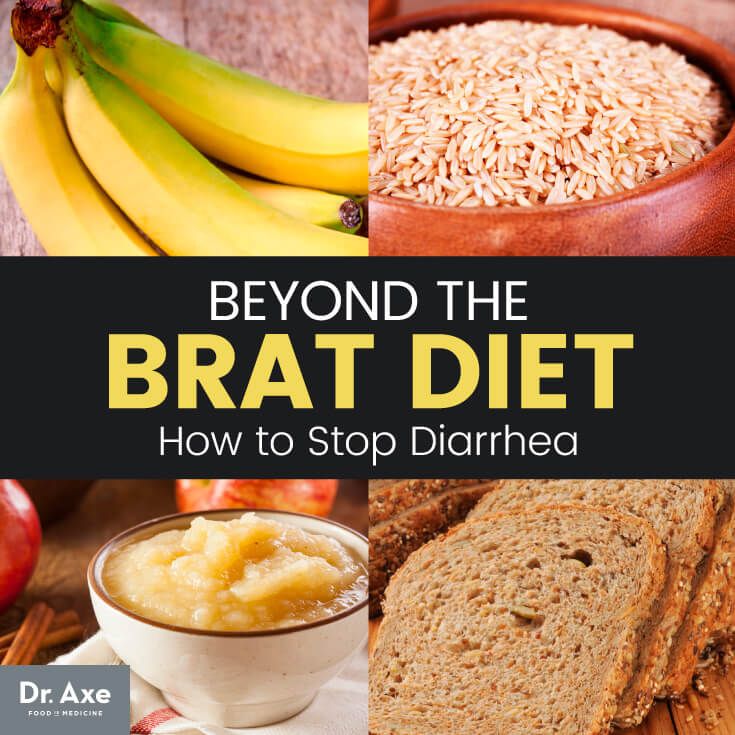
Creamy carrot soup. A good option for small children and for those who do not like vegetables in pieces. The soup is bright, beautiful and hearty due to rice. Boil the peeled carrots. Boil unpolished rice. Mix them in a blender with the right amount of water, salt or soy sauce, bran and sesame seeds as desired. Bring to a boil, add some coconut milk and pour into bowls.
Lentil soup. The easiest lentil to digest is red. It is better to start with small portions so that the child learns to digest legumes. Be sure to soak the lentils overnight. Add asafoetida or garlic when cooking to minimize bloating. Fry onions, carrots in a pan and mix them in a blender with boiled lentils and a little water. Bring to a boil, salt and garnish with herbs - although children are unlikely to approve of such decorations.
Vegetable pilaf with raisins and dried apricots. Rinse and soak unpolished rice for one hour. Fry onions and carrots in a pan.

